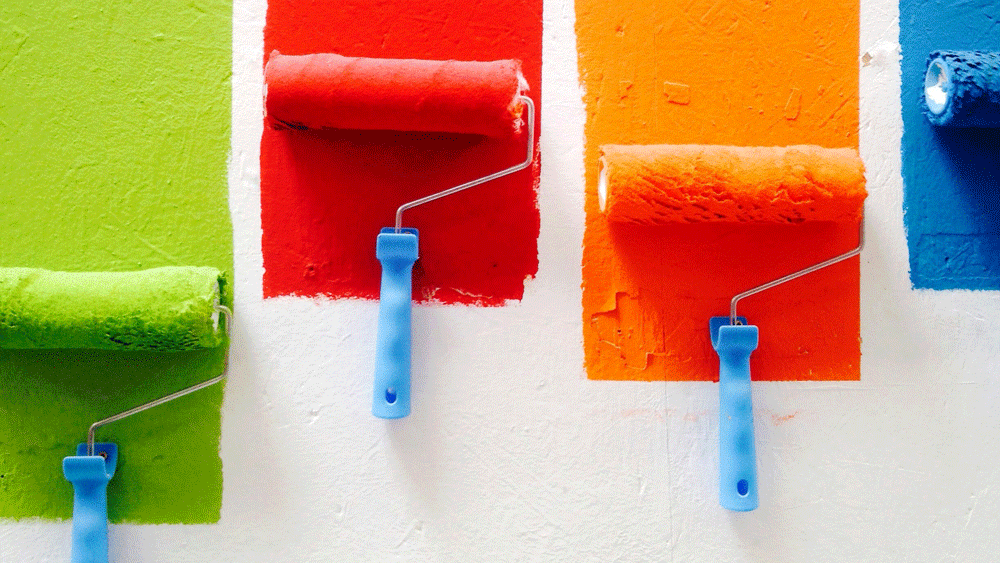
Photo by David Pisnoy on Unsplash
Body
I enjoy painting, and I’ll admit that I’m not the neatest painter out there—I get a lot on me. And I’m not the fastest painter either, but I feel like I do a pretty good job. One of the tools that helps me improve my painting skills is painter’s tape (the blue stuff is my favorite). It enables me to block out areas where I don’t want paint so I can fully invest my time and energy in the areas where I want to do a good job of painting.
|
ADVERTISEMENT |
…
Want to continue?
Log in or create a FREE account.
By logging in you agree to receive communication from Quality Digest.
Privacy Policy.
Comments
Comment on How To Use Your Mental Painter’s Tape story
Loved the story. Thank you! It's clear, simple, and makes total sense. One needs clarity of vision, focus, boundaries and discipline when performing any activity worthwhile. Plan - Do - Check - Act. Plan for success. Then do it. Are planned results achieved? If yes, Celebrate! If not, figure out why not. Be honest!
Add new comment